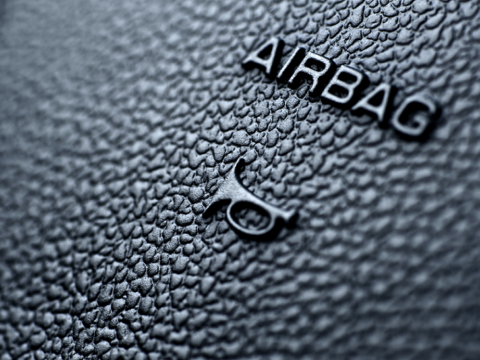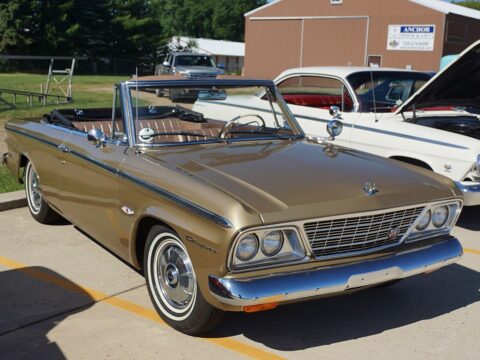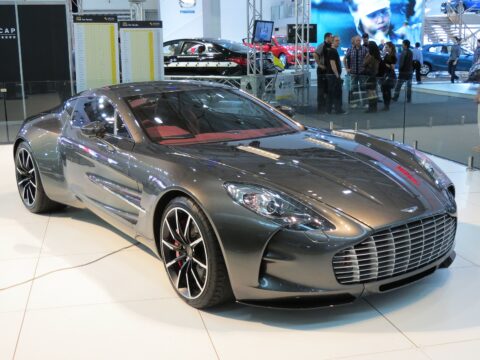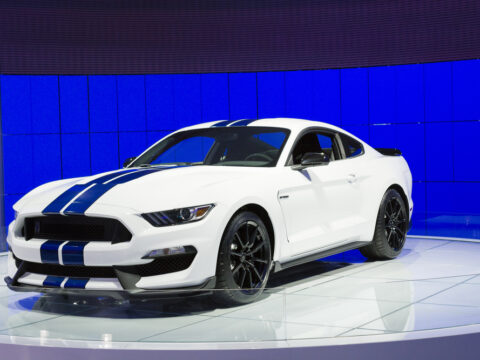In the world of classic automobiles, some vintage cars get all the attention while others remain largely overlooked. This list highlights 25 vintage cars that deserve a second look. From timeless designs to impressive engineering, these hidden gems are worth recognizing for their unique contributions to automotive history. Whether you’re a car enthusiast or just curious about classic cars, these overlooked treasures are sure to capture your interest.
Contents
AMC Javelin (1968-1974)
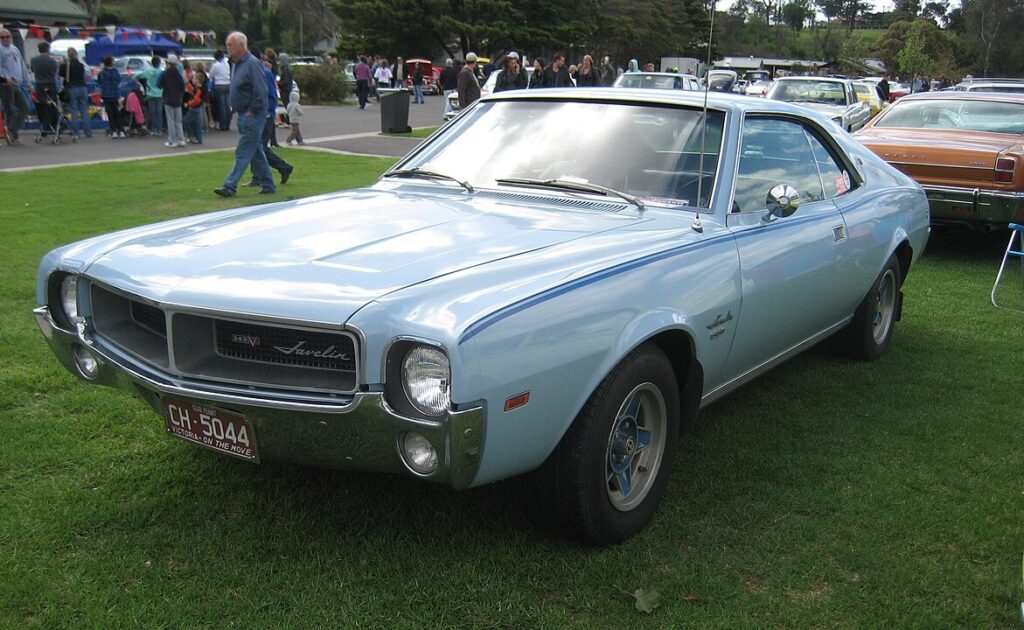
The AMC Javelin was AMC’s entry into the muscle car arena, featuring aggressive styling and powerful V8 engines. It stood out with its unique design, which included long, flowing lines and a wide stance. Despite its impressive performance and distinctive looks, it often gets overshadowed by more famous muscle cars. Notably, the Javelin AMX model boasted a 390 cubic inch (6.4L) V8 engine, making it a formidable competitor on the drag strip.
Studebaker Avanti (1962-1963)
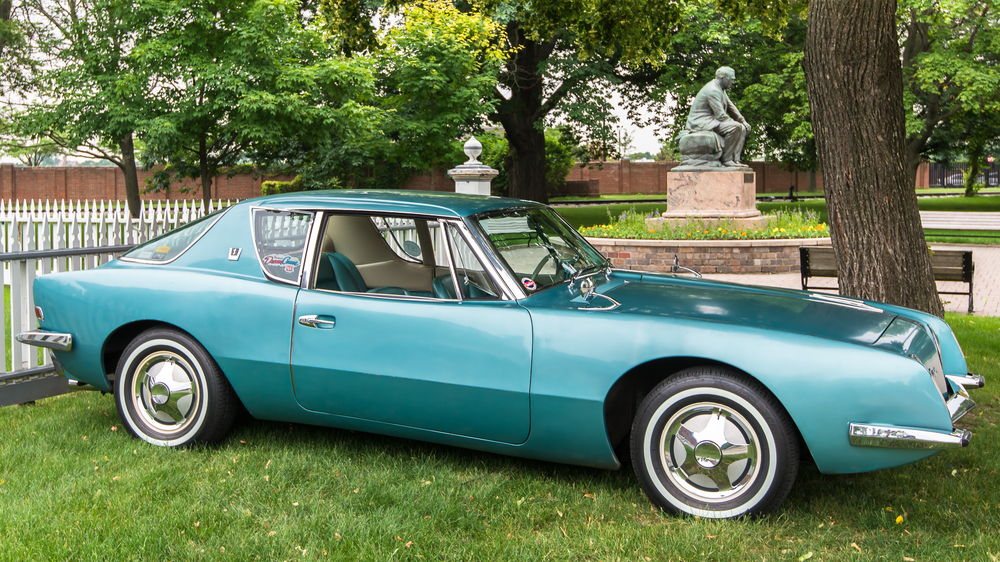
The Studebaker Avanti was a revolutionary design for its time, featuring a fiberglass body and advanced safety features like a roll bar and seatbelts as standard. Powered by a supercharged 289 cubic inch (4.7L) V8 engine, it was one of the fastest cars of its era. Despite its forward-thinking design and performance, the Avanti’s production run was short-lived, leading to its relative obscurity today.
Plymouth Barracuda (1964-1966)
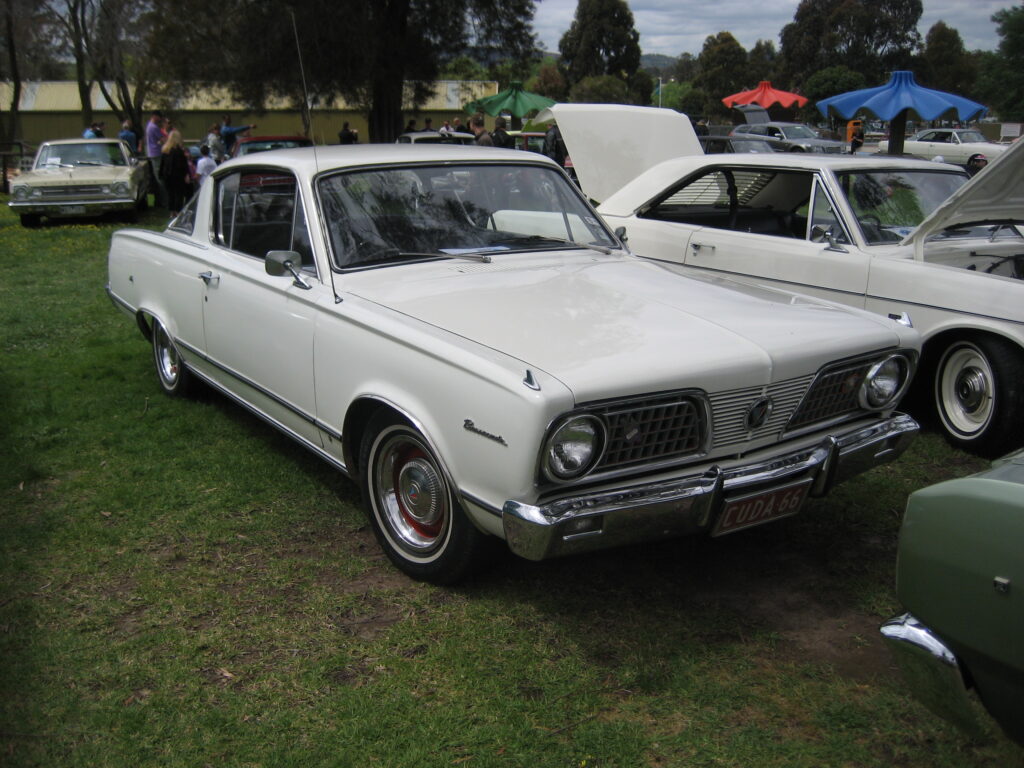
The Plymouth Barracuda, introduced before the Ford Mustang, was one of the earliest muscle cars. Its distinctive fastback design, with a large rear window, set it apart from competitors. Early models featured a 273 cubic inch (4.5L) V8 engine, offering solid performance. Despite its innovation and style, the early Barracuda is often overshadowed by its later, more famous iterations.
Hudson Hornet (1951-1954)
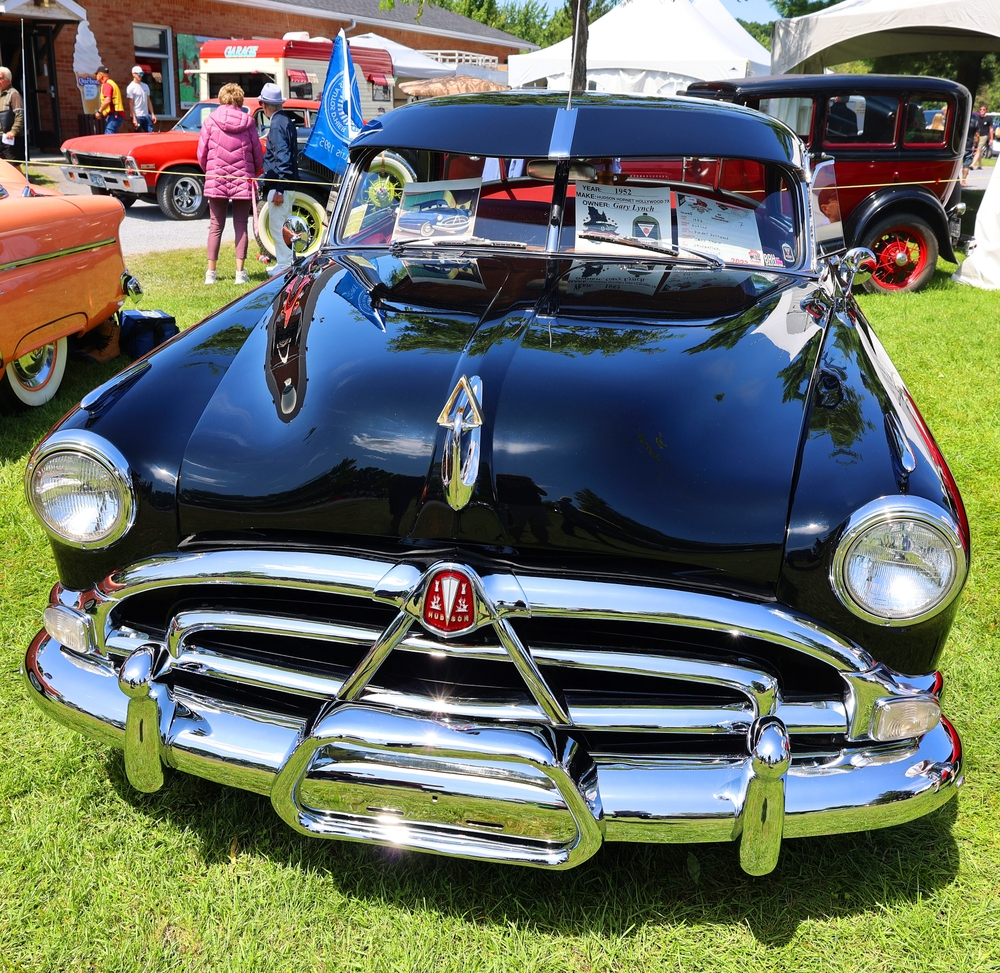
The Hudson Hornet was a pioneer in automotive design with its “step-down” chassis, which lowered the car’s center of gravity for better handling. Its 308 cubic inch (5.0L) inline-six engine was a powerhouse in NASCAR, dominating races in the early 1950s. The Hornet’s success on the track and its innovative design make it a classic worth remembering.
Ford Torino (1968-1976)
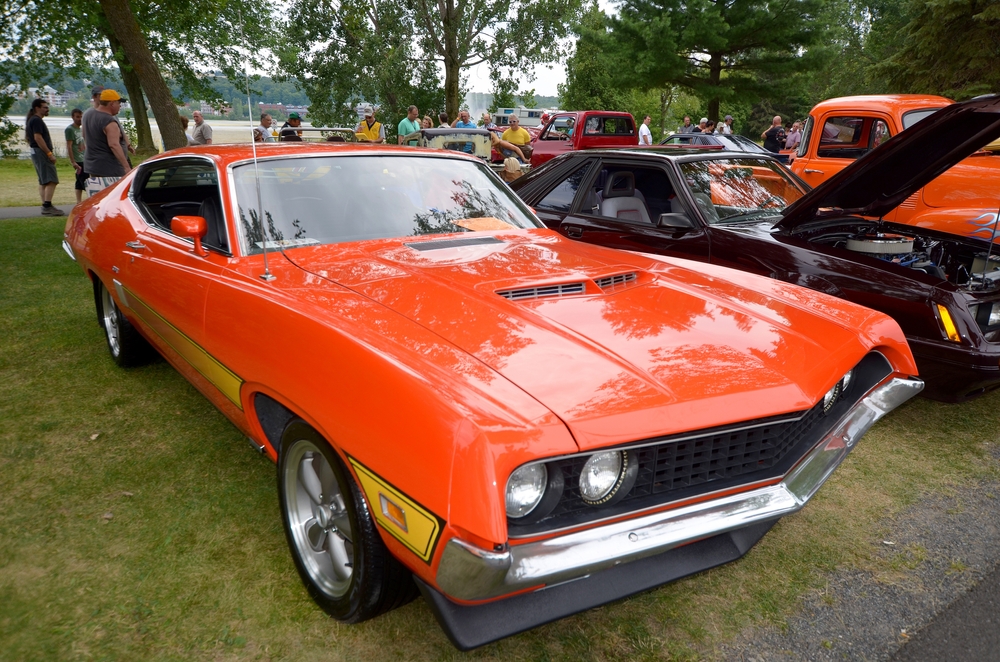
The Ford Torino was known for its sleek lines and powerful engine options, including the legendary 429 cubic inch (7.0L) Cobra Jet V8. The Torino was a versatile model, available in various body styles, including coupe, fastback, and station wagon. Despite its popularity in its heyday and appearances in pop culture, it remains underrated compared to other muscle cars.
Oldsmobile Toronado (1966-1970)
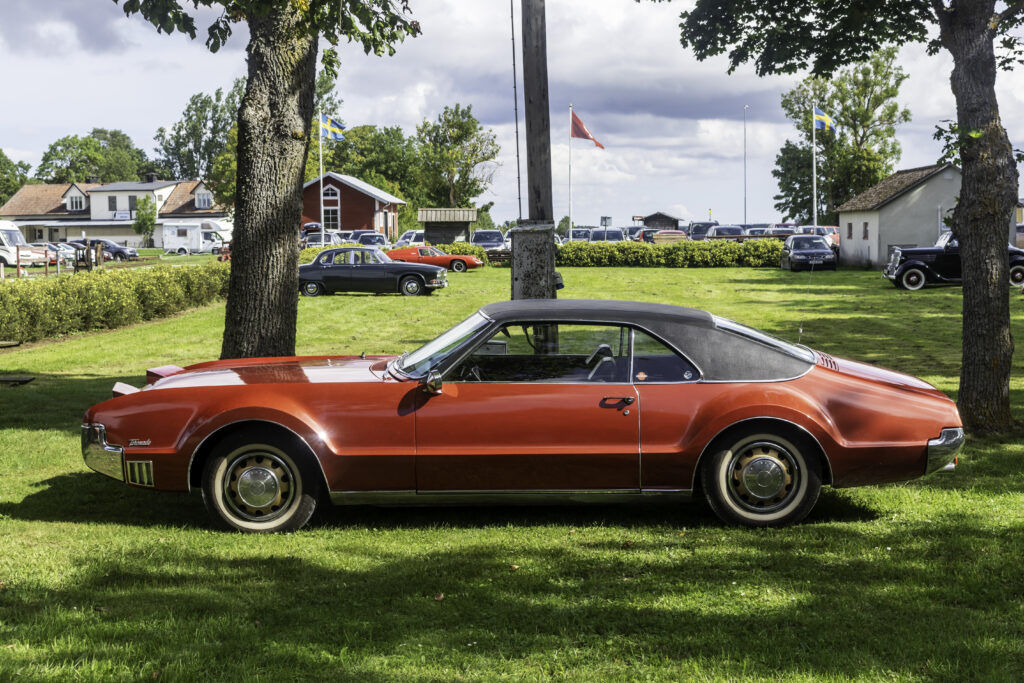
The Oldsmobile Toronado was groundbreaking as the first American front-wheel-drive car since the Cord of the 1930s. It featured a powerful 425 cubic inch (7.0L) V8 engine and a sleek, futuristic design. The Toronado’s advanced engineering and bold styling make it a significant, yet often overlooked, piece of automotive history.
Mercury Cougar (1967-1973)
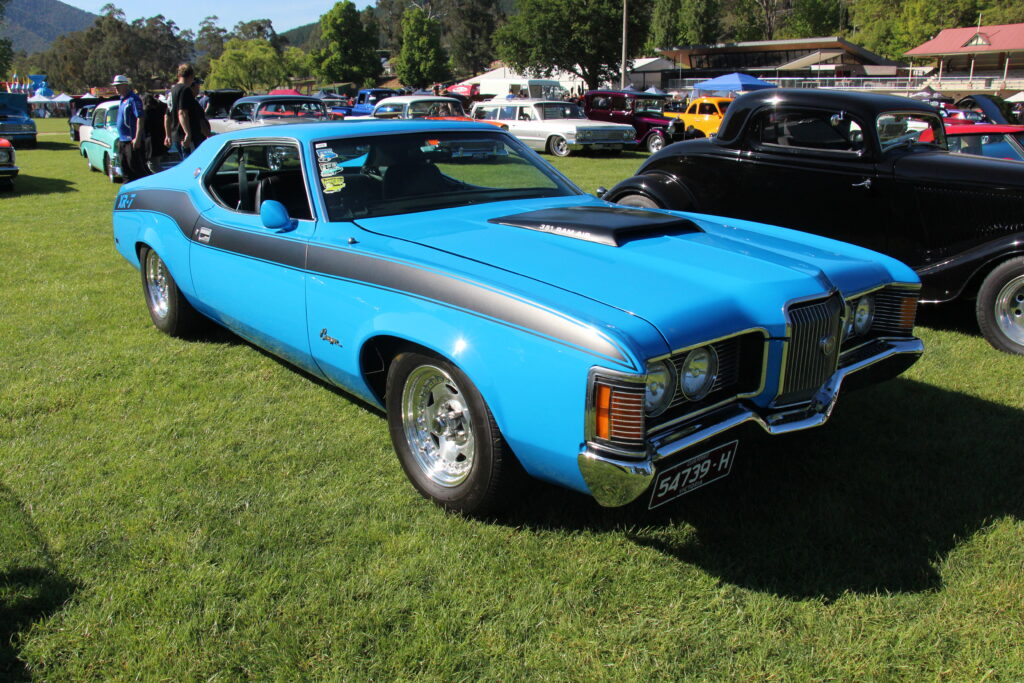
The Mercury Cougar offered a more refined alternative to the Ford Mustang, with upscale features and a longer wheelbase. It was powered by a range of V8 engines, including the potent 390 cubic inch (6.4L) option. Its hidden headlamps and sequential turn signals added to its unique appeal. Despite its initial popularity, the Cougar often takes a back seat to its Mustang sibling in classic car circles.
Chevrolet Corvair (1960-1969)
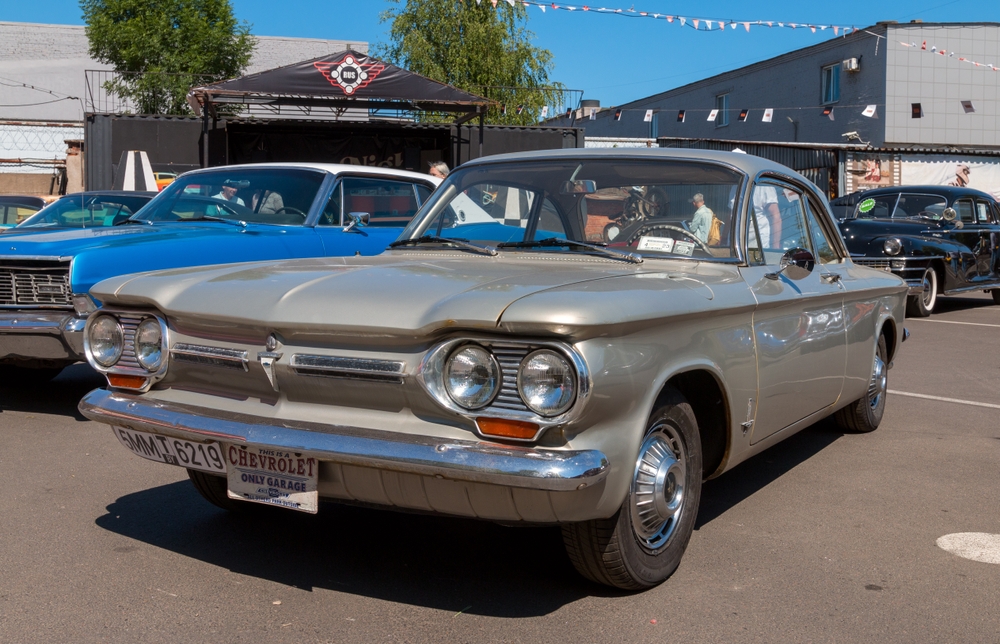
The Chevrolet Corvair was unique for its rear-engine, air-cooled design, a rarity among American cars. Available in various body styles, it offered innovative features and a sporty driving experience. Despite its engineering advancements, the Corvair’s reputation was marred by safety concerns highlighted in Ralph Nader’s book “Unsafe at Any Speed,” leading to its overshadowed legacy.
Buick Riviera (1963-1965)
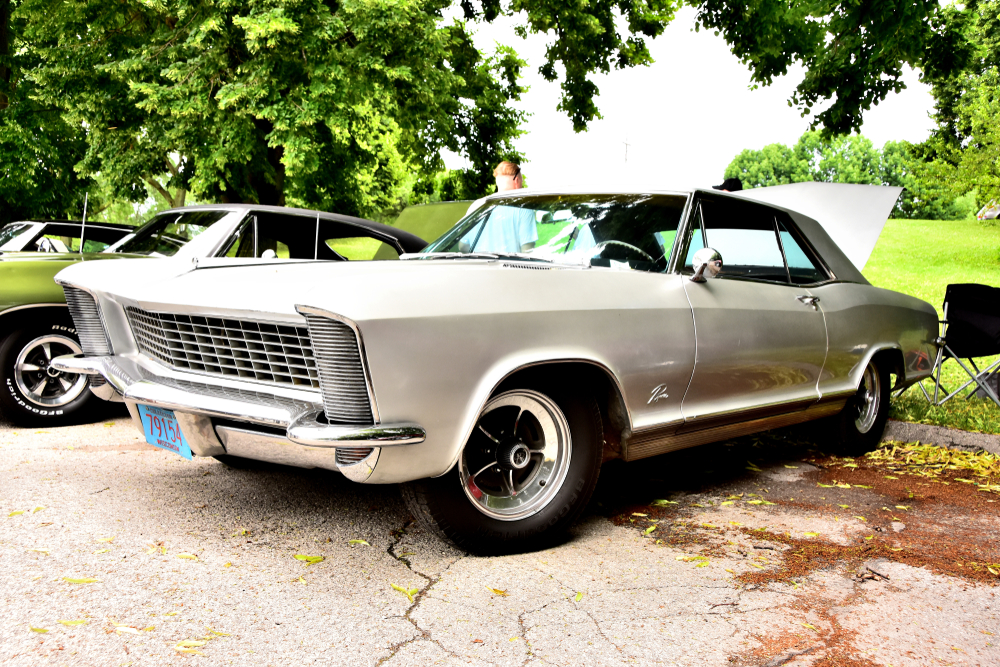
The Buick Riviera’s debut featured a striking design with knife-edge lines and a bold, forward-thinking style. Its 401 cubic inch (6.6L) Nailhead V8 engine delivered impressive performance. The Riviera’s blend of luxury and power set a new standard for personal luxury coupes, though it’s often forgotten compared to other classics from the era.
Nash Metropolitan (1954-1962)
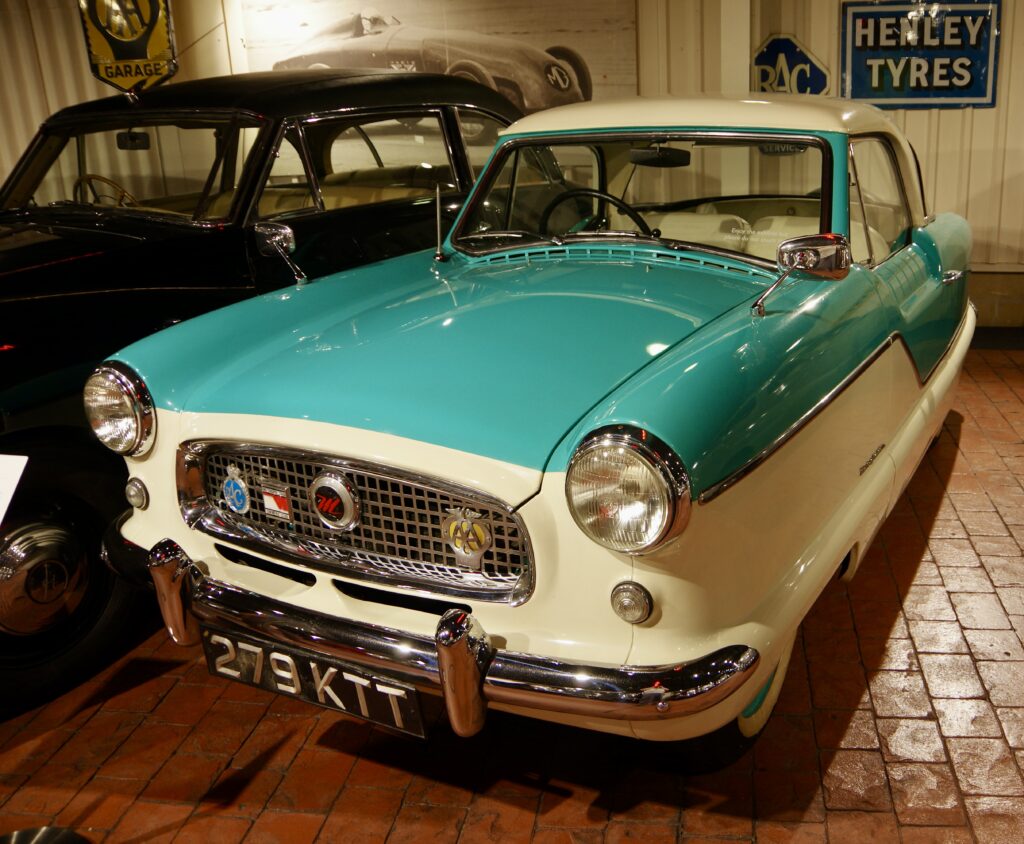
The Nash Metropolitan was a compact car ahead of its time, designed for city driving with its small size and economical engine. Despite its modest 1.5L four-cylinder engine, it offered charming styling and practicality. Its unique position as an early subcompact makes it a fascinating and often overlooked vintage car.
Chrysler 300 Letter Series (1955-1965)

The Chrysler 300 Letter Series cars were among the first true muscle cars, with powerful V8 engines and luxurious appointments. The 1955 Chrysler C-300, with its 331 cubic inch (5.4L) Hemi V8, was the most powerful production car of its time. These cars combined performance and luxury in a way that set the stage for future muscle cars, yet they are not as widely recognized today.
Dodge Dart (1963-1966)
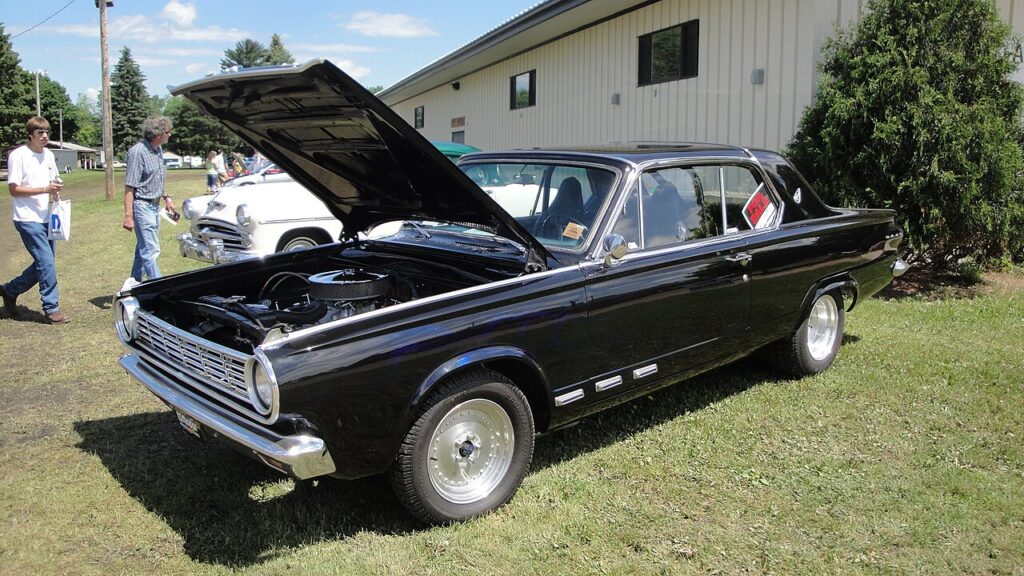
The Dodge Dart of the early 1960s offered a range of engine options, from economical six-cylinders to potent V8s. Its simple yet attractive design and reliable performance made it a popular choice. However, Dart’s contributions to the muscle car and compact car markets are often overshadowed by its more famous contemporaries.
AMC Ambassador (1958-1974)
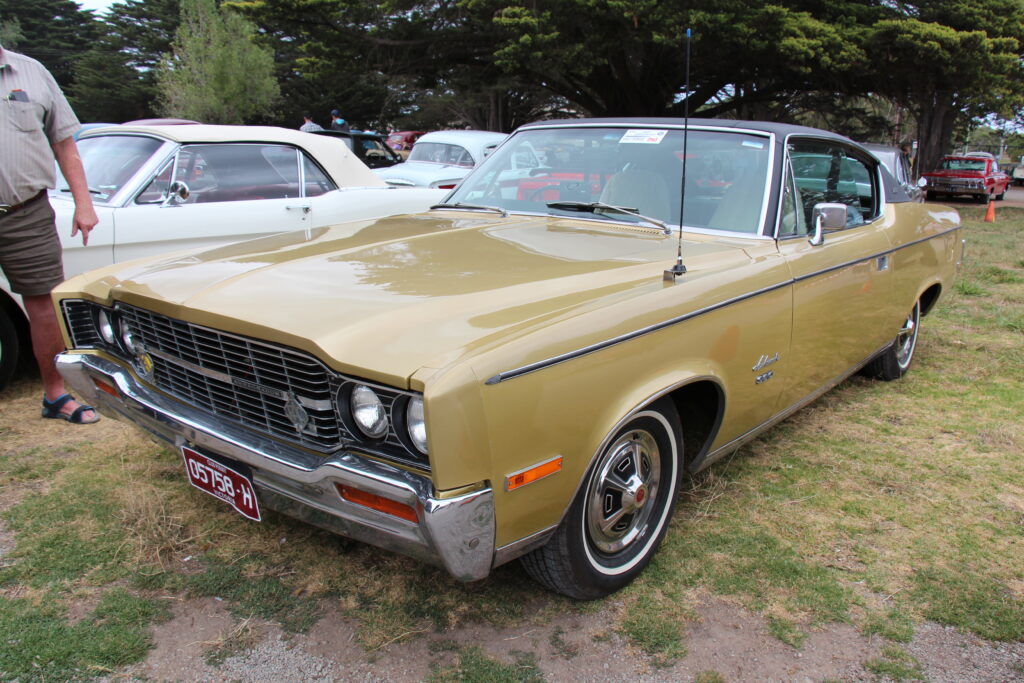
The AMC Ambassador was known for its upscale features and powerful engine options. The late 1960s models, with their sleek styling and available 390 cubic inch (6.4L) V8 engine, offered solid performance and luxury. Despite its merits, the Ambassador is often overlooked in favor of more mainstream brands.
Pontiac Tempest (1961-1963)
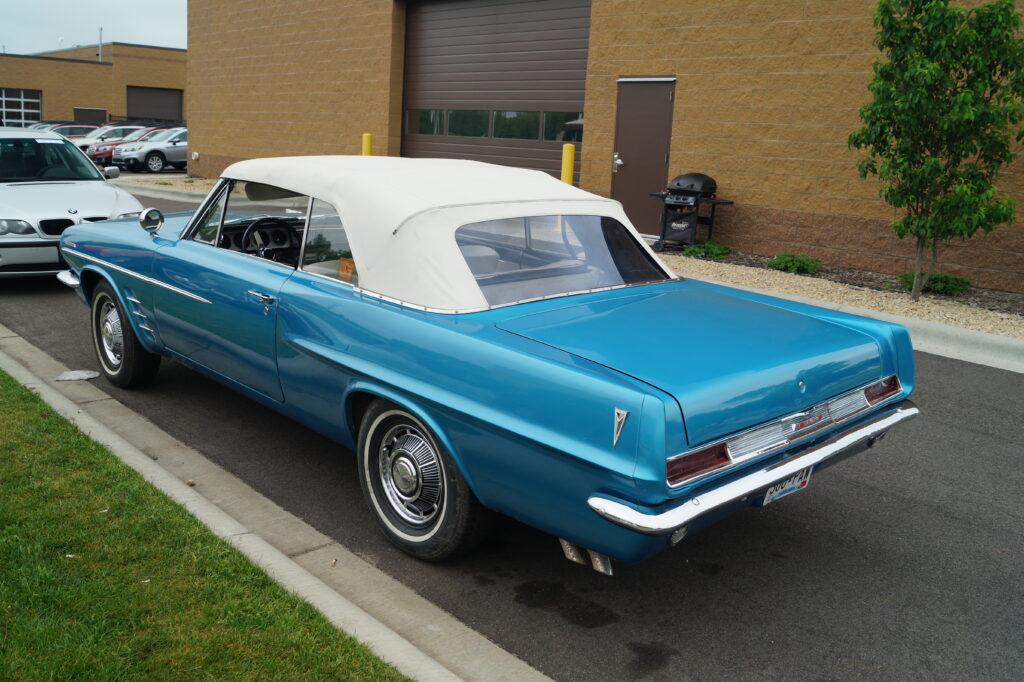
The early Pontiac Tempest was innovative with its rear transaxle and rope-drive system, providing near-perfect weight distribution. Available with a 195 cubic inch (3.2L) inline-four or the 326 cubic inch (5.3L) V8, it offered unique engineering solutions. Its innovative design and engineering advancements make it a noteworthy, yet often forgotten, classic.
Plymouth Valiant (1960-1976)
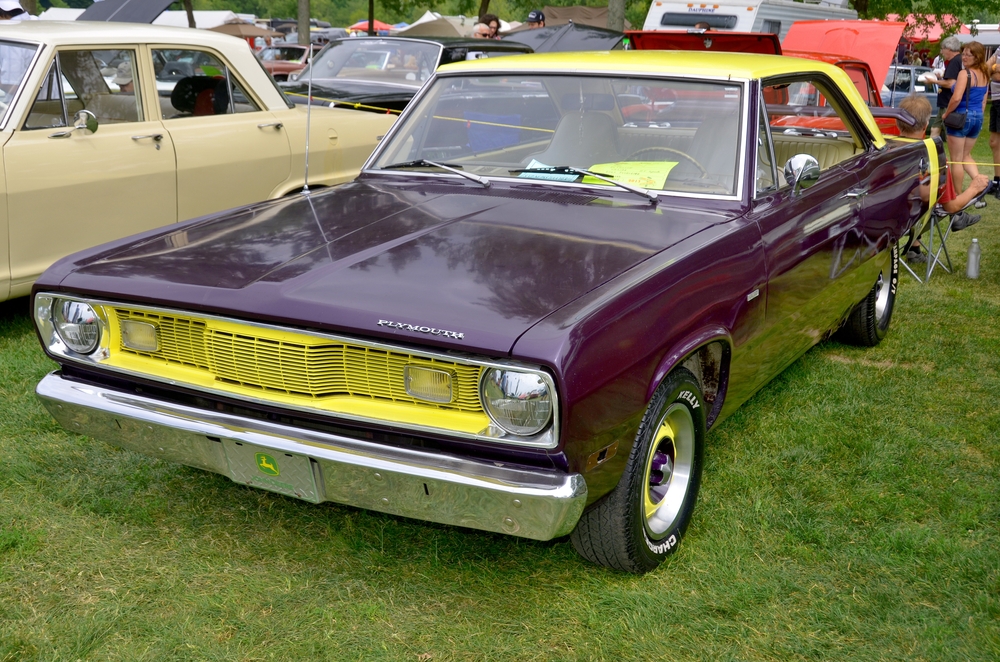
The Plymouth Valiant was a compact car known for its durability and reliability. Its Slant-6 engine was legendary for its longevity and performance. Despite its practical and robust nature, the Valiant often gets overshadowed by flashier models from the muscle car era.
Rambler American (1958-1969)
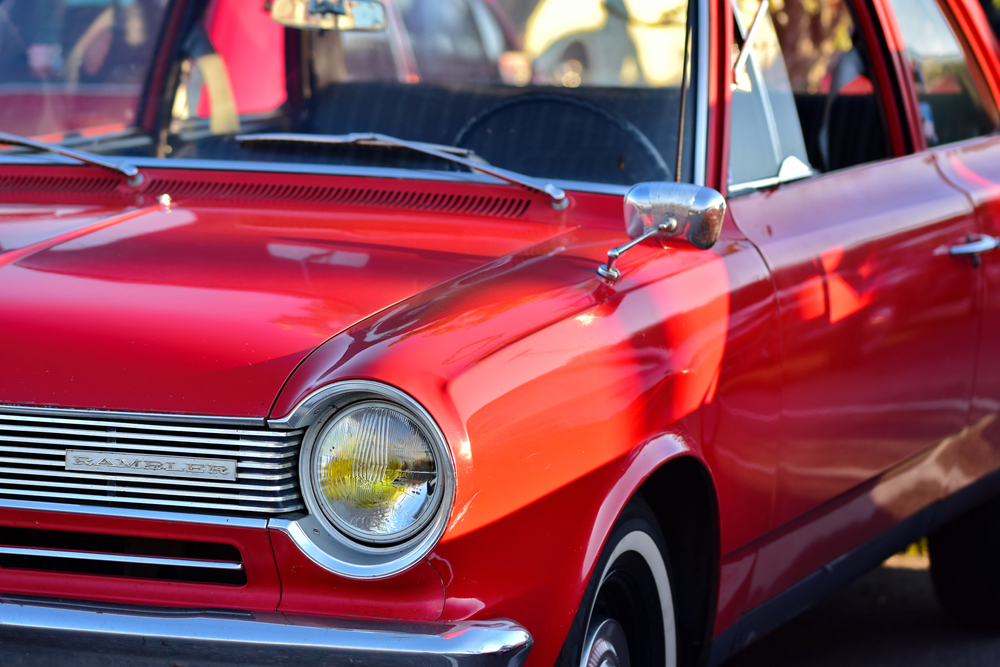
The Rambler American was a compact car that offered economy, reliability, and a touch of style. Its 195.6 cubic inch (3.2L) inline-six engine was known for its efficiency. The Rambler American’s role in popularizing compact cars in the U.S. is significant, yet it remains underappreciated in classic car circles.
Studebaker Commander (1950-1958)

The Studebaker Commander featured sleek, modern styling and a range of engine options, including the robust 232 cubic inch (3.8L) V8. Its advanced design and engineering made it a standout in its era. Despite its attributes, the Commander is often overlooked compared to more famous contemporaries.
Ford Falcon (1960-1970)

The Ford Falcon was a compact car that offered practicality and performance. Its lightweight design and available V8 engine made it a versatile choice. The Falcon’s success laid the groundwork for the Ford Mustang, yet it often remains in the Mustang’s shadow.
Kaiser Darrin (1954)
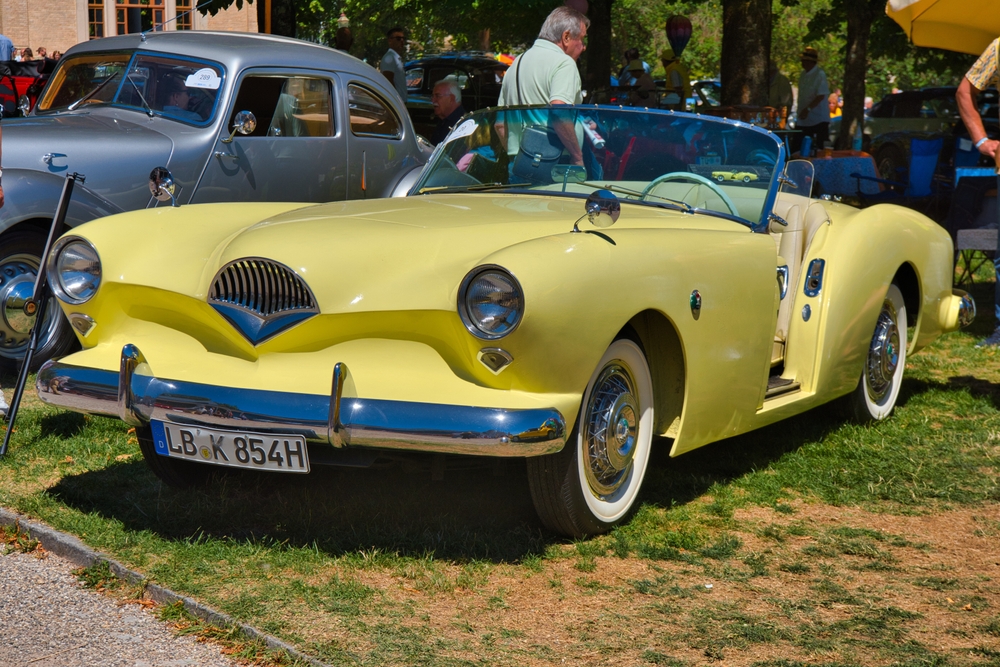
The Kaiser Darrin was a unique sports car with its distinctive sliding doors and fiberglass body. Powered by a 161 cubic inch (2.6L) inline-six engine, it offered a blend of style and performance. Its limited production and innovative design make it a rare and often overlooked gem.
Checker Marathon (1961-1982)
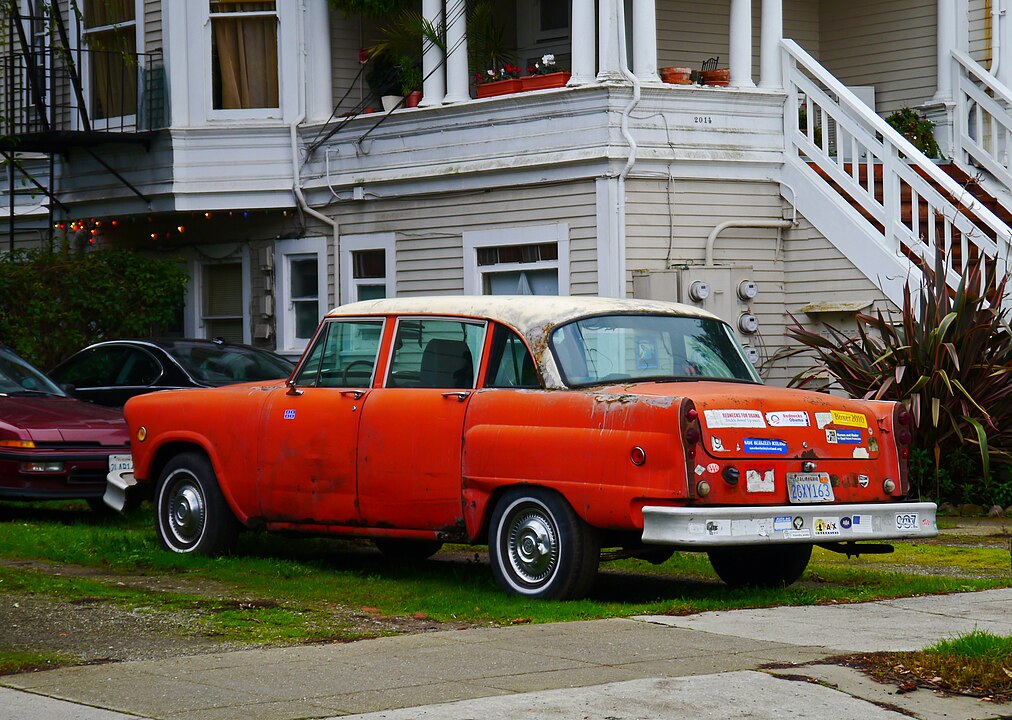
The Checker Marathon is best known as the quintessential American taxi, but its durability and spacious design made it a practical choice for families as well. Its rugged construction and reliable engines, like the 327 cubic inch (5.4L) V8, contributed to its long service life. Despite its iconic status, the Marathon is often overlooked as a collectible vintage car.
Packard Caribbean (1953-1956)
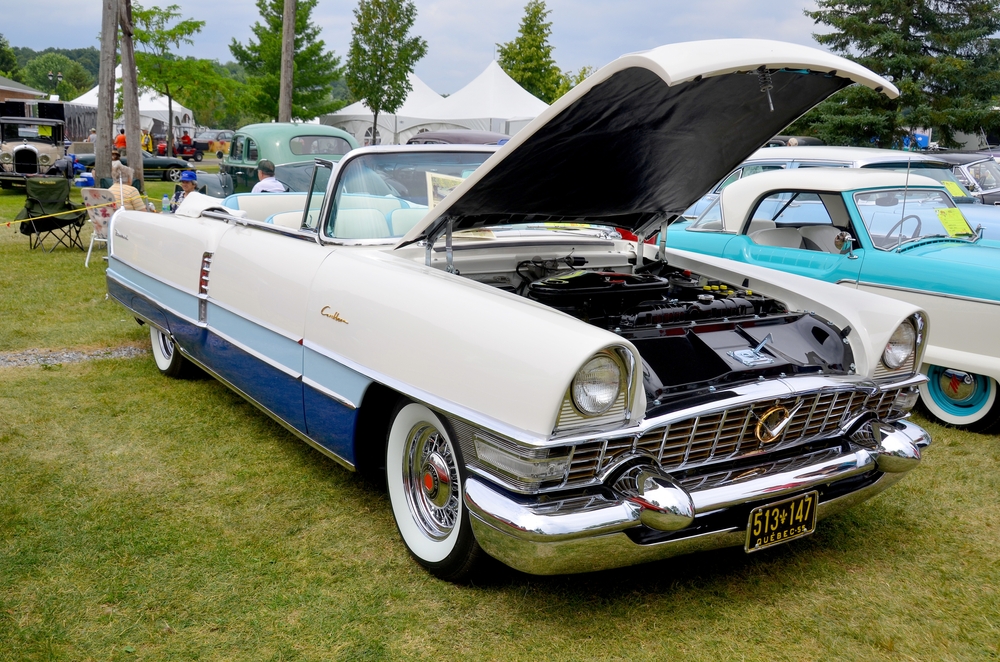
The Packard Caribbean was a luxury convertible known for its stylish design and powerful engines. Its 352 cubic inch (5.8L) V8 engine provided strong performance. The Caribbean’s blend of luxury, performance, and limited production numbers make it a classic worth recognizing.
Edsel Corsair (1958-1959)
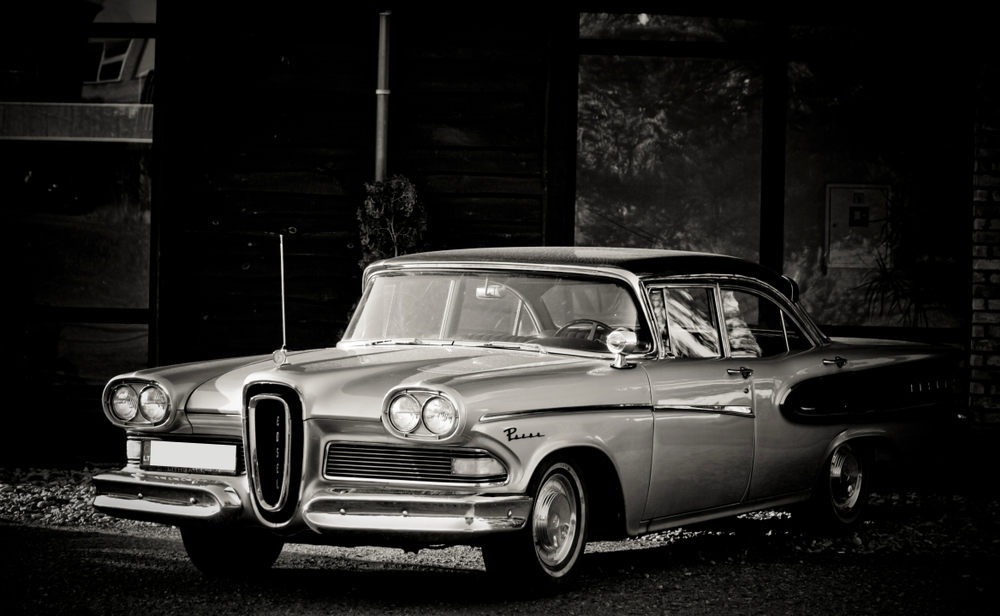
The Edsel Corsair was part of Ford’s ill-fated Edsel brand, featuring unique styling and advanced features like the Teletouch push-button transmission. Its 410 cubic inch (6.7L) V8 engine offered solid performance. Despite its commercial failure, the Corsair’s distinctive design and features make it an interesting piece of automotive history.
Lincoln Continental Mark II (1956-1957)

The Lincoln Continental Mark II was one of the most luxurious cars of its time, with hand-built quality and a 368 cubic inch (6.0L) V8 engine. Its elegant design and exclusivity made it a status symbol. Despite its high price and limited production, the Mark II is often overlooked in favor of more mainstream classics.
Imperial Crown (1957-1966)
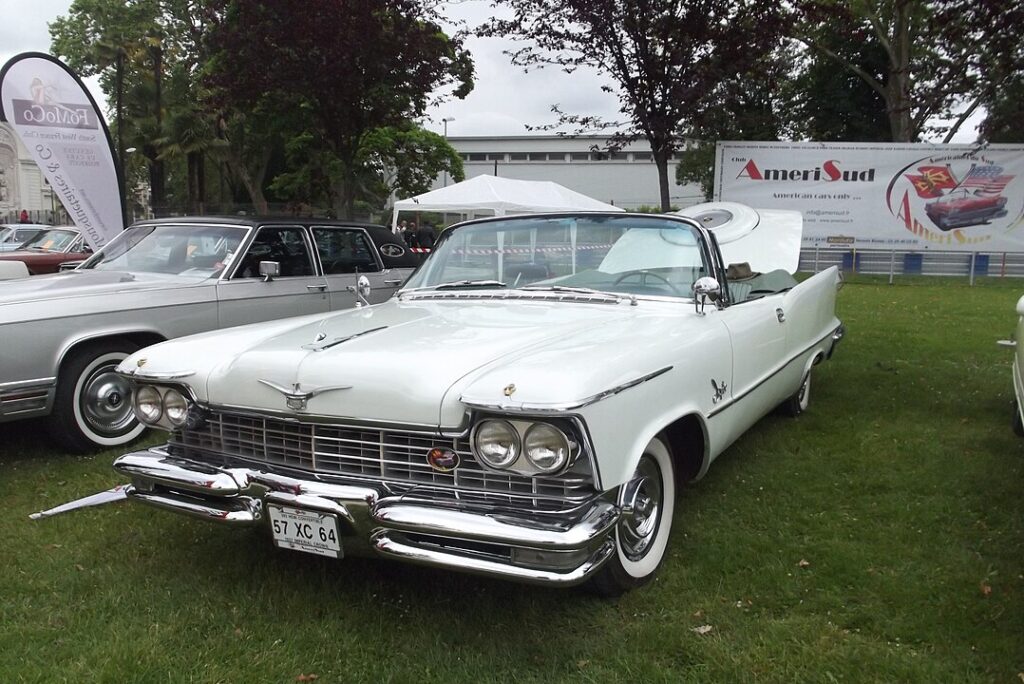
The Imperial Crown was Chrysler’s top-of-the-line luxury car, featuring advanced technology and powerful V8 engines. Its distinctive styling and luxurious appointments made it a competitor to Cadillac and Lincoln. Despite its merits, the Imperial Crown often doesn’t receive the recognition it deserves.
DeSoto Adventurer (1956-1960)
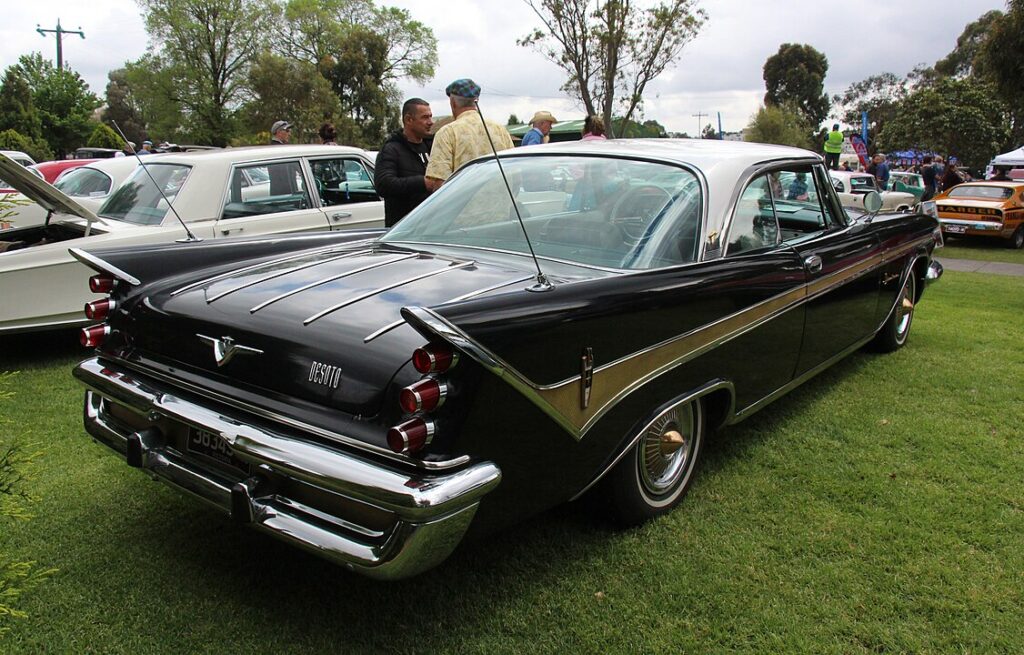
The DeSoto Adventurer was a high-performance luxury car with distinctive styling and powerful engines, including the 383 cubic inch (6.3L) V8. Its blend of performance and luxury made it a standout, yet it remains one of the less-remembered models of its era.
This article originally appeared in MyCarMakesNoise.
More from MyCarMakesNoise
Celebrating Classic American Motorcycle Designs

Journey through the heart of American craftsmanship and innovation as we unveil the most remarkable and influential motorcycles to ever hit the highways and byways of the United States. Read More.
Iconic ’50s and ’60s American Car Designs
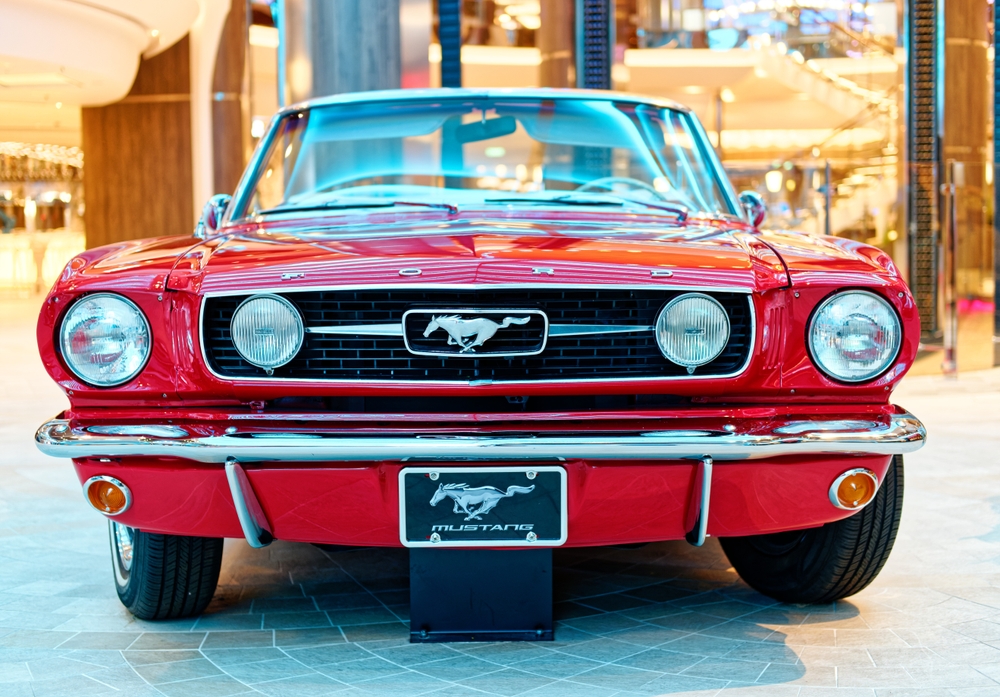
Step back in time with the most nostalgic American cars from the ’50s and ’60s.’ This era of automotive history was marked by distinctive designs, powerful engines, and a sense of optimism that defined a generation. Read More.
The 18 Biggest Drawbacks of Electric Cars in 2024

Electric cars have become increasingly popular, but they’re not without their challenges. While they offer impressive technology and eco-friendly benefits, there are still significant drawbacks to consider. Read More.

